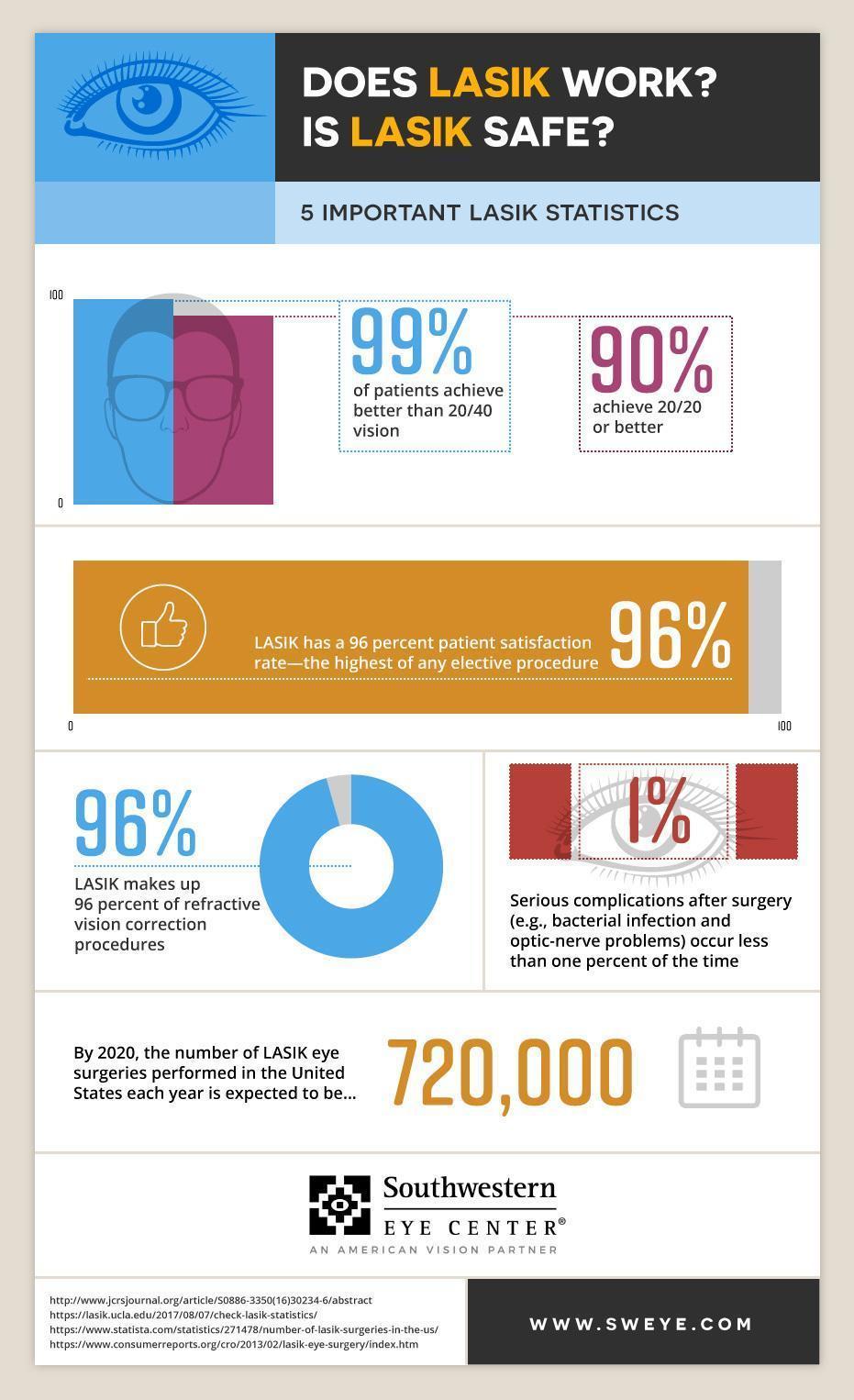A Detailed Exam Of Modern Cataract Surgical Treatment Techniques
A Detailed Exam Of Modern Cataract Surgical Treatment Techniques
Blog Article
Created By-Cullen Sanford
As you explore the advancement of innovative cataract surgical treatment methods, you'll witness a journey noted by resourcefulness and precision. From ancient methodologies that paved the way for contemporary advancements to sophisticated modern technologies that are revolutionizing the field, the thorough summary of cataract surgical procedure methods is a testament to human development and dedication to enhancing client outcomes. The complex interplay between historical methods and futuristic improvements creates a fascinating story that clarifies the advancement of among one of the most usual procedures worldwide.
Historic Techniques and Developments
Explore just how very early doctors reinvented cataract therapy by utilizing ingenious methods and tools. In the past, cataract surgical procedure was a risky and unpleasant procedure. Nevertheless, ancient Indian doctors were amongst the initial to attempt medical treatments for cataracts, utilizing a method called 'couching' where a sharp instrument was made use of to push the cataract back into the eye. This technique, though crude by today's requirements, prepared for future improvements in cataract surgical treatment.
As time proceeded, Arab physicians made considerable payments by establishing specialized needles for cataract removal. These needles were used to penetrate the cataract and then remove it from the eye, marking a considerable improvement in surgical accuracy.
Later on, in the 18th century, the French specialist Jacques Daviel pioneered the strategy of extracapsular cataract extraction, where the whole lens was removed intact with a larger incision. This noted a significant improvement in cataract surgical treatment techniques, paving the way for the modern procedures we utilize today.
Modern Surgical Approaches
Early strategies in cataract surgery have progressed considerably, bring about the advancement of contemporary surgical approaches that focus on precision and improved client end results. Modern cataract surgery now usually entails a treatment called phacoemulsification, where an ultrasonic device breaks up the cataract for removal through a small incision. This strategy enables quicker recovery and reduces the threat of difficulties compared to older methods.
Furthermore, the use of sophisticated intraocular lenses (IOLs) has revolutionized cataract surgical procedure results. These lenses can fix not just the cataract however additionally various other refractive errors like astigmatism, decreasing the need for glasses post-surgery.
Surgeons today additionally have accessibility to innovative imaging technologies that aid in accurate preoperative planning and intraoperative decision-making. Optical coherence tomography (OCT) and various other imaging modalities provide in-depth pictures of the eye's structures, allowing for a much more individualized technique to every client's surgery. With https://costlasiksurgery43197.bloggosite.com/33276240/tips-for-effectively-handling-symptoms-of-glaucoma-and-its-treatment , modern-day cataract surgical treatment methods continue to improve, providing clients more secure procedures and better visual outcomes.
Emerging Technologies in Cataract Surgical Treatment
With innovations in innovation transforming the field, cataract surgical procedure is seeing the combination of cutting-edge strategies for improved individual results. Emerging see this here in cataract surgical treatment are reshaping the landscape of sensory treatments. One such development is femtosecond laser modern technology, which enables specific corneal incisions, capsulotomies, and lens fragmentation, resulting in enhanced medical accuracy and results.
Furthermore, intraoperative aberrometry is obtaining popularity, making it possible for real-time measurements of refractive errors throughout surgery to boost intraocular lens power calculations and minimize postoperative refractive surprises.
Moreover, using advanced imaging modern technologies like optical comprehensibility tomography (OCT) and intraoperative wavefront aberrometry aids surgeons in exact medical planning and execution. These devices provide thorough anatomical information and help customize medical methods for each and every person's special eye features.
Furthermore, growths in artificial intelligence are being explored to aid in preoperative planning, intraoperative decision-making, and postoperative treatment, possibly enhancing surgical results and individual complete satisfaction. Accepting these emerging technologies in cataract surgical procedure holds promise for additional boosting client outcomes and ensuring the proceeded advancement of ocular surgical techniques.
Conclusion
As you journey with the history of cataract surgery, you witness the improvement from ancient practices to innovative modern technologies. Like a phoenix climbing from the ashes, cataract surgical treatment has actually advanced into a beacon of hope and technology.
Equally as a caterpillar emerges from its cocoon as a beautiful butterfly, cataract surgical procedure has developed right into a refined art type, offering clients more clear vision and a brighter future.
The development continues, beaming a light on countless opportunities.
